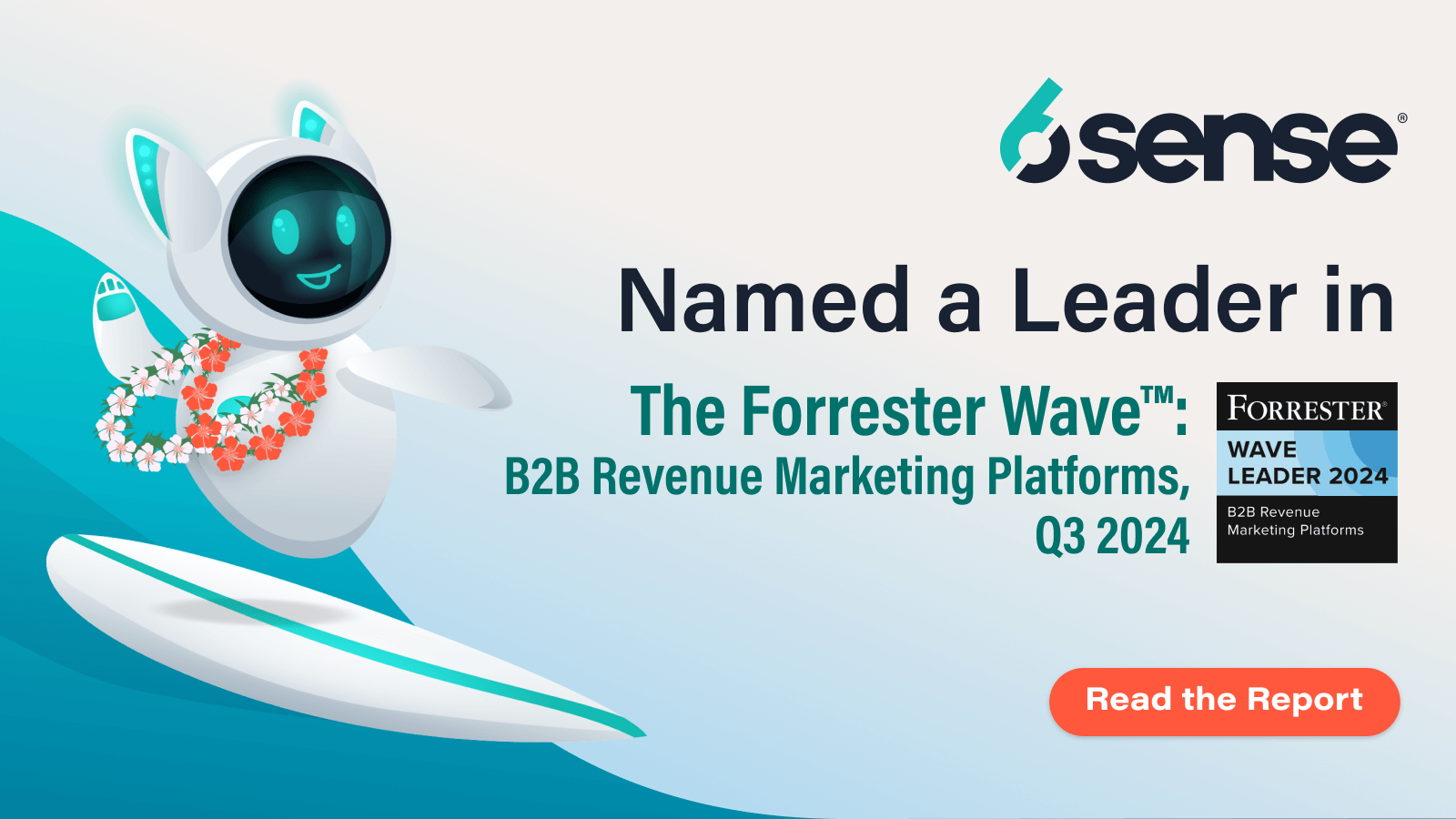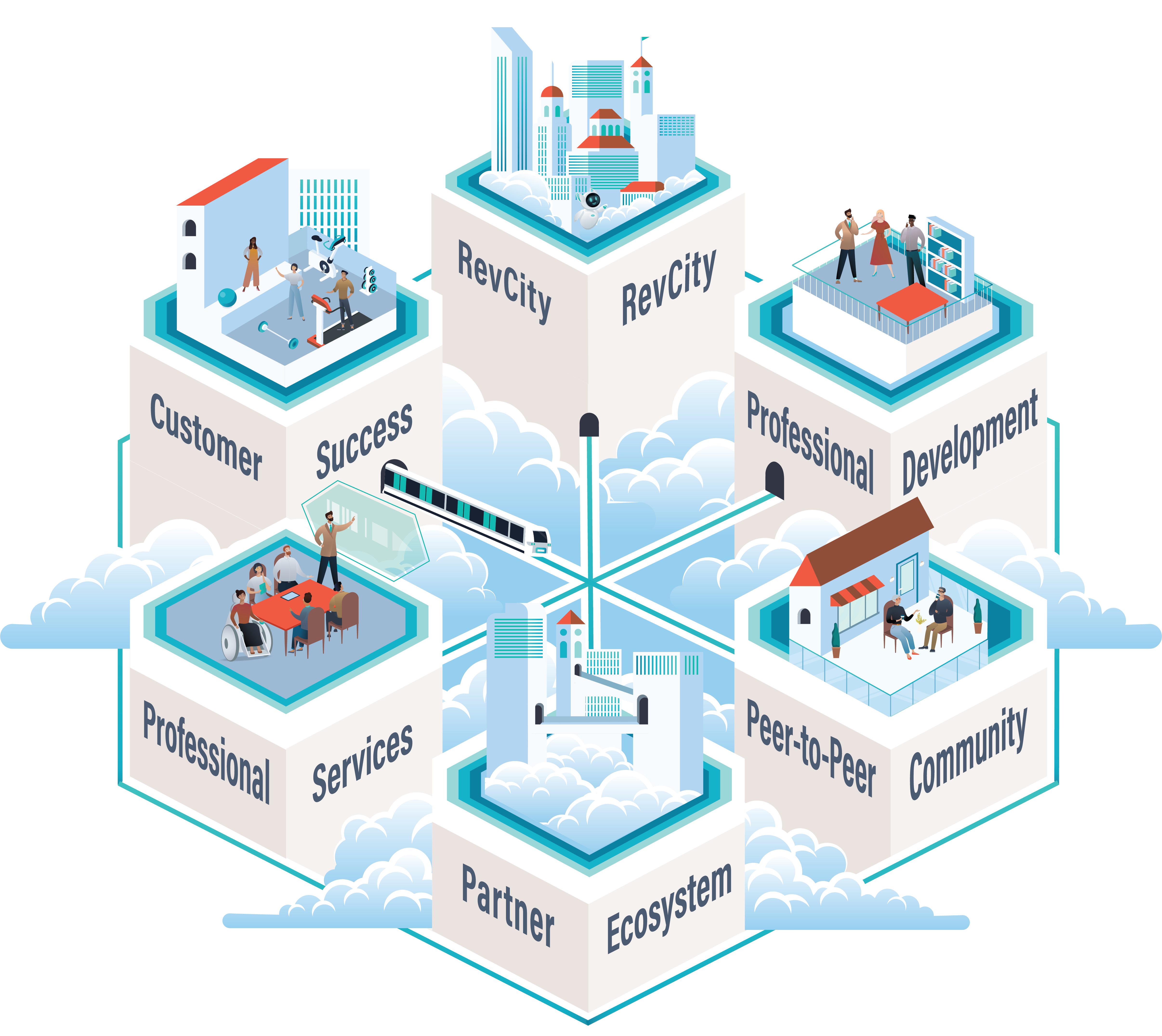As an SDR or BDR, you probably send lots of emails to prospects — and few tools can make your life (and executing your campaigns!) easier than mail merge.
Mail merge campaigns empower you to change data points (like first name, e-mail address, company name, greeting) and more. Mail merge automates the boring, repetitive task of manually creating a separate email for every recipient.
Creating a mail merge campaign is easy. You can use Microsoft Outlook, or your company may have a more sophisticated email marketing tool. Here are a few tips so you can get the most from your campaigns.
Segment Your Audience
While you can use the same content for every prospect, the same message might not work for different industries, job profiles, or geographies. With segmenting, you can offer the right message to the right audience.
Ask yourself:
- Is my target audience likely to respond to this campaign?
- Does the audience align with our product/service?
- Does every segment have a specific need?
Prioritize Timing
Experts say that if you time your emails to send from Tuesday to Thursday, you’ll get the best response rate. You also need to think about the time of day to send an email.
Mornings are usually the best time to send B2B emails, but you can also try to send around lunchtime or at the end of the workday.
Optimize
To optimize email response rates, use a catchy subject line, good visual design, and audience-targeted content. Spend some time creating an appealing design.
Running a simple A/B test before the actual campaign also will help optimize e-mail response rates. A little time spent in tweaking your email template can make a substantial difference in responses.
Keep a record of the metrics for each campaign: opens, clicks, conversions, subject line, etc. so you can track what’s working and what isn’t.
Content is King
Ensure that you include a CTA. Make it exciting enough for the prospect to want to see what you have to offer.
Keep a balance between the amount of text and images. People don’t read long emails, and if you use too many images, many people assume it’s spam.
Make sure that you include links to all social media outreach platforms your business uses, like Facebook, Twitter, LinkedIn, and Instagram in your email template.
Follow Up
Opens, clicks, and responses to any mail merge campaign can be very underwhelming. Try to take it in stride, because the ROI from responses is very high. You could set up a drip campaign strategy to automate sending emails based upon the recipient action.
Typical follow-up emails include:
- A second email to recipients who didn’t open the first one.
- An email to recipients who clicked on the CTA.
- An email to a recipient who asked for a demo or pricing.
- Sending more information if a recipient visited your website after the campaign.
Looking Ahead
One last tip: Use what you’ve learned from previous campaigns and apply it to future campaigns. With patience and some tweaking, you can increase your response rate. Good luck!



